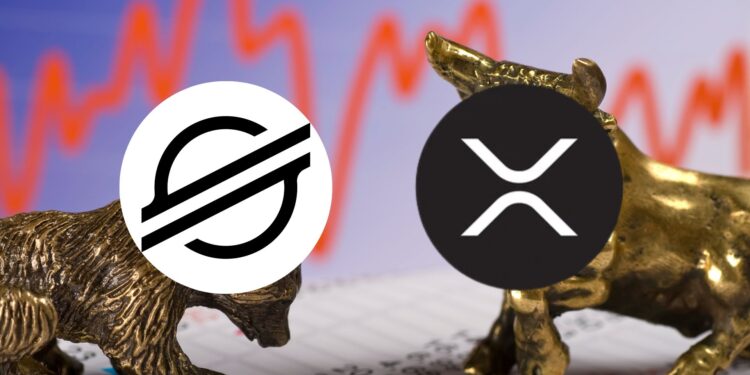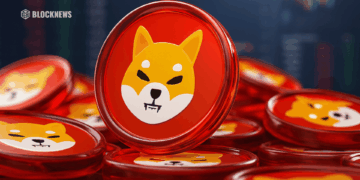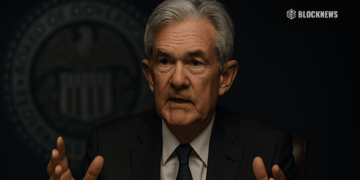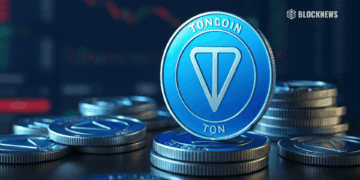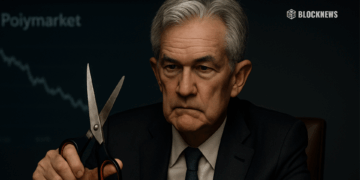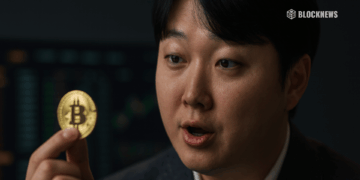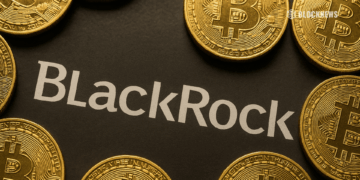- XRP is banking on institutional adoption with CBDCs and tokenized finance, while XLM targets underserved populations with remittance solutions and stablecoin access.
- Analyst David Hepburn suggests both tokens serve different—but equally vital—roles in reshaping global finance.
- Instead of choosing one, investors might benefit from holding both, depending on their belief in where digital finance is headed.
The crypto crowd’s been chewing on this one for years—XRP or XLM? Which deserves your money, your attention, and maybe even a spot in your long-term bag? They’re cut from the same cloth in a way, but plenty of folks say XLM is the better version of Ripple’s more famous token. Lately, XRP’s gotten most of the spotlight thanks to price swings, lawsuits, and headline-grabbing partnerships. But does that actually mean it’s the better buy?
That’s exactly what analyst David Hepburn explored in one of his recent YouTube videos. It’s a solid 10-minute breakdown where he dives into this ongoing debate that’s split crypto holders for ages: If you had to pick—XRP or XLM—which one’s got more staying power?
But here’s the thing—David isn’t here to talk pump targets or chart wizardry. His focus is more on what these projects do, not just what they’re worth. According to him, XRP’s got the suits and banks behind it, while XLM is busy doing real work on the ground, like helping folks in underserved countries send and receive money.
Two Paths, One Destination?
David lays it out: XRP is flashy. Big market cap, big headlines, and big institutional backing. XLM? More of a silent grinder. But don’t count it out. While XRP builds the pipes for central banks and CBDCs, XLM is helping people without bank accounts jump into the digital economy. It’s apples and oranges—but both are still fruit, right?
He points out a comparison he made in an old video: 400 XRP vs. 3,400 XLM—back when both added up to $1,000. Today? Sure, the prices have moved, but the real question remains—what are these two actually building?
For XRP, it’s all about backend infrastructure. Ripple’s teamed up with over 10 governments on CBDC work, and the XRP Ledger has started supporting tokenized assets and lending systems. Basically, it’s morphing into a full-service finance platform for the big dogs.
On the flip side, XLM is thriving in places where traditional finance has failed. Its MoneyGram deal lets people in 180+ countries swap USDC for cash—even without a bank account. That’s real-world impact, especially in regions like Africa or Southeast Asia where access to finance is still a huge problem.
Ripple and Stellar: More Siblings Than Rivals
Here’s the part most forget—Ripple and Stellar come from the same roots. Jed McCaleb co-founded Ripple, then split off to start Stellar with more of a “for the people” vibe. So yeah, the two tokens were never meant to be rivals. They’re just tackling different parts of the same mess.
David even points to a report from FXC Intelligence, a firm the IMF takes seriously. Only two blockchain projects made their list of top 100 cross-border payment networks: Ripple and Stellar. That’s not a coincidence. Both are clearly in the game, while most tokens are still trying to find the locker room.
Ripple’s got its hands in government-grade CBDC deals. Stellar’s out here letting people convert stablecoins at cash windows. Different missions—but both matter. And David thinks that’s exactly why smart holders own both.
Why It’s Not About Picking Just One
David says the debate itself misses the bigger picture. It’s not about which token is “better.” It’s about what kind of future you believe in. Want exposure to global finance transformation and tokenized value? Go with XRP. More bullish on access, remittances, and boots-on-the-ground adoption? XLM’s your play. Or, maybe—just maybe—you believe both are needed. In that case, why not hedge your bet and grab a little of each?
He also brings up some fresh info. Despite market corrections, XRP whales haven’t dumped—they’re still holding steady. Meanwhile, XLM’s adoption is slowly picking up steam thanks to its humanitarian edge and real-world integrations.
So, in the end, David doesn’t say “buy this, not that.” He just says: know what you’re investing in. And if your belief in the future of finance covers both ends—from central banks to everyday people—then maybe, just maybe, the smartest move… is to own both tokens.


